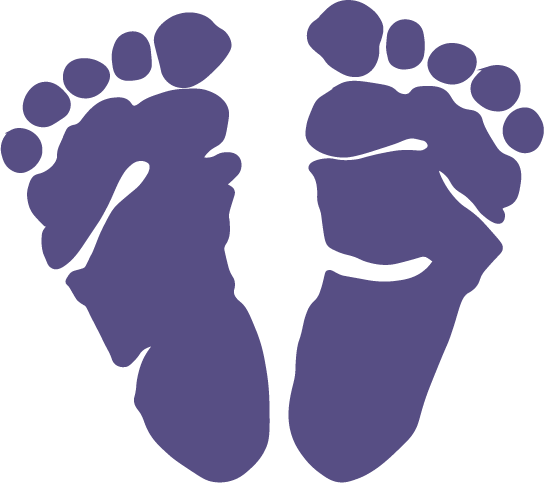A Pediatrician’s Guide to Fevers in Kids
Fever in children is one of the most common reasons parents call or visit the pediatrician. Seeing your child flushed, warm, or tired can be scary—but in most cases, fever is a healthy immune response, not a sign of something dangerous.
At Southwest Pediatric Associates, we want to help you feel confident managing fever at home—and knowing when to call us for guidance.
What Is a Fever?
A fever means your child’s body temperature is higher than normal. It’s the body’s natural way of fighting off infection.
- Fever = 100.4°F (38°C) or higher
Most fevers are caused by viral infections and go away on their own in a few days.
How to Take Your Child’s Temperature
The best method depends on your child’s age:
| Age Range | Best Method | Tips |
|---|---|---|
| Under 3 years | Rectal thermometer | Most accurate for infants |
| 4–5 years | Underarm or in ear | Keep underarm dry before taking reading |
| 6+ years | Oral thermometer | Wait 15 minutes after eating or drinking |
Always clean the thermometer before and after use. Avoid forehead “scan” thermometers for infants — they can be less accurate. If you’re unsure which thermometer to use or how to get the most accurate reading based on your child’s age, the American Academy of Pediatrics offers a helpful guide on how to take your child’s temperature. It includes step-by-step instructions, helpful visuals, and age-specific recommendations to help you feel confident and informed.
Common Causes of Fever in Children
Most fevers are triggered by viral or bacterial infections. Common causes include:
- Colds, flu, or COVID-19
- Ear or throat infections
- Stomach bugs
- Urinary tract infections
- Fever following routine vaccinations
What You Can Do at Home
If your child is playing, drinking fluids, and in good spirits—you likely don’t need to treat the fever itself. For more at-home care tips, KidsHealth offers a comprehensive guide to fever in children, including when to call your doctor and what symptoms to watch for.
Home Remedies:
- Fluids: Water, breastmilk, or electrolyte solutions like Pedialyte
- Rest: Encourage naps and quiet time
- Light clothing: Avoid bundling up or using heavy blankets
- Medication (if needed):
- Acetaminophen (Tylenol) – for kids over 2 months
- Ibuprofen (Motrin/Advil) – for kids over 6 months
- Always dose by weight, not age
Never give aspirin to children—it can cause Reye’s syndrome

What Not to Do
- Don’t use cold baths or alcohol rubs – they can cause chills
- Don’t wake a sleeping child just to give medicine
- Don’t panic if the fever rises and falls—that’s normal
When to Call the Doctor
Call us or seek medical care if your child:
- Has trouble breathing or a rash that doesn’t fade when pressed
- Is under 3 months old with a temp of 100.4°F or higher
- Has a fever that lasts longer than 3 days
- Is very sleepy, irritable, or unresponsive
- Shows signs of dehydration (no urine for 8+ hours, dry lips/mouth)
Need help deciding? Call our care team at (512) 288-9669 or schedule an appointment with us.
A Note from Your Pediatricians
“Fever is often a sign that your child’s immune system is doing exactly what it should — fighting off infection. Most fevers resolve in a few days with rest, fluids, and a little TLC.”
— The Pediatric Team at Southwest Pediatric AssociatesWhat Is a Mobile (Portable) Breast Pump?
The Bottom Line
Fever in children is usually not an emergency. By staying calm, watching for warning signs, and focusing on hydration and comfort, most fevers can be safely managed at home.
If you’re ever unsure—trust your instincts and know we’re just a phone call away.



